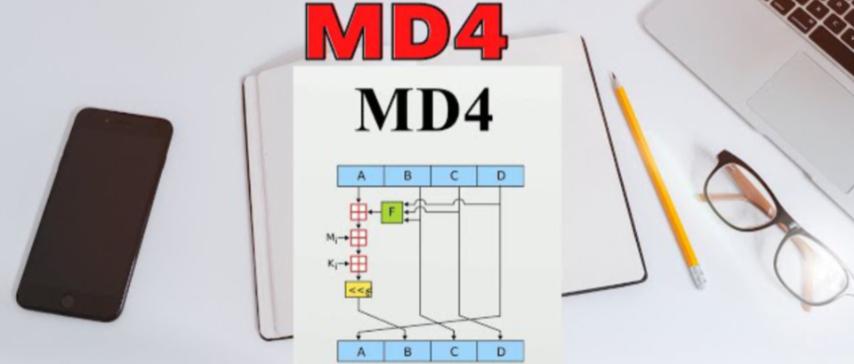
MD4 Generator: Legacy Hashing Algorithm You Should Know
Created on 2 October, 2025 • Generator Tools • 19 views • 2 minutes read
An MD4 generator demonstrates how far cryptography has come. While it was once valued for its speed and efficiency, MD4 is now considered obsolete and insecure.
In the early years of cryptography, hashing functions played a vital role in ensuring data integrity and authentication. Among them, the MD4 algorithm was once considered a standard for generating digital fingerprints of data. A MD4 generator is a tool that takes input data and produces a fixed-length hash value using the MD4 algorithm. Although modern systems no longer rely on MD4 for security, it remains a significant milestone in the evolution of hashing technology.
What is MD4?
MD4 (Message Digest Algorithm 4) is a cryptographic hash function created by Ronald Rivest in 1990. It was designed as a faster successor to MD2, producing a 128-bit hash from any given input. At the time of its release, MD4 was praised for its speed and efficiency, especially on 32-bit processors.
An MD4 generator applies this hashing method to data and generates a unique digest. The resulting hash serves as a digital fingerprint, ensuring that even a small change in the input produces a completely different output.
How Does an MD4 Generator Work?
The MD4 hashing process involves multiple steps, which transform plain input into a 128-bit hash value:
- Padding the Input – The original message is padded to ensure its length fits into 512-bit blocks.
- Appending Message Length – The length of the input is added for additional integrity.
- Processing with Rounds – The padded input is processed through three rounds of mathematical functions.
- Final Hash Output – A 128-bit digest is produced as the final output.
This made MD4 an efficient hashing algorithm, but over time, its weaknesses were discovered.
Why Was MD4 Used?
Speed and Efficiency
MD4 was extremely fast compared to its predecessors, making it ideal for computers of the 1990s.
Digital Signatures and Verification
It was widely adopted in early digital signature applications and file verification systems.
Foundation for Other Algorithms
MD4 inspired later algorithms like MD5 and even influenced some design elements of SHA (Secure Hash Algorithm).
Limitations of MD4 Generator
Although groundbreaking at the time, MD4 is no longer secure for modern use. Researchers uncovered multiple weaknesses, making it unsuitable for protecting sensitive data.
- Collision Vulnerabilities: Different inputs can produce the same hash, breaking its reliability.
- Weak Cryptographic Strength: Advances in computing made MD4 easy to attack.
- Deprecated Standard: Security organizations no longer recommend MD4 for any form of cryptographic use.
Modern Alternatives to MD4
If you need secure hashing today, there are far better options than MD4. Some widely adopted algorithms include:
- SHA-256: Provides strong security and is commonly used in certificates, blockchain, and secure communications.
- SHA-3: The latest standard with advanced resistance to cryptographic attacks.
- Bcrypt and Argon2: Strong password hashing functions designed for security and scalability.
Conclusion
An MD4 generator demonstrates how far cryptography has come. While it was once valued for its speed and efficiency, MD4 is now considered obsolete and insecure. Its historical significance, however, remains important, as it paved the way for stronger algorithms that protect today’s digital world.
For developers, businesses, and security professionals, understanding MD4 offers insight into the evolution of cryptography. But when it comes to real-world applications, modern hashing techniques such as SHA-256, SHA-3, or Bcrypt should always be used to ensure reliable data protection.